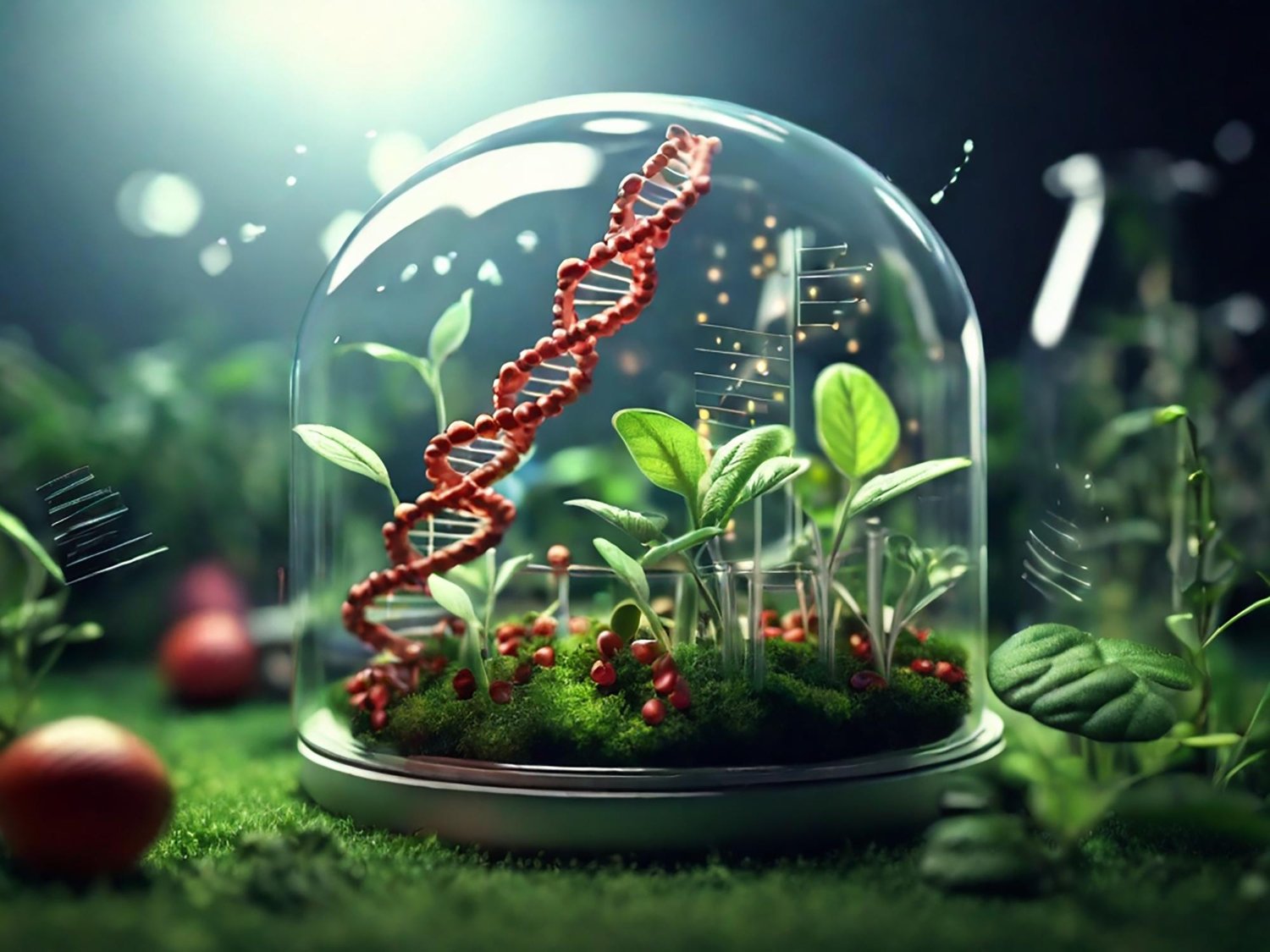
Nature has long been a source of inspiration for engineers and designers, with its time-tested mechanisms offering a number of solutions to complex problems arising in our day-to-day lives. In the domain of mechanical engineering, gears have been a critical element in machines for centuries, facilitating the transfer of torque and motion. However, modern gear design is taking cues from nature, leading to bio-inspired innovations that enhance efficiency, performance and durability.
This article explores how natural shapes and systems are shaping gear designs, leading to more efficient and sustainable mechanical solutions.
Biomimicry, the practice of emulating nature’s time-tested patterns and strategies in the process of engineering and design, is not new. From the aerodynamics of bird flight inspiring early airplanes to the structural design of honeycombs shaping efficient material usage, biomimicry is a powerful tool for solving engineering challenges. In the case of gears, nature’s mechanisms—seen in the structure of bones, plant movements, and even insect anatomy—offer novel insights into improving mechanical efficacy and reducing wear.
One of the most interesting examples of bio-inspired gear designs comes from the world of insects, specifically the Issus coleoptratus, a small plant-hopping insect. This insect uses interlocking gear-like structures in its hind legs to synchronise movement during jumps.
These natural gears ensure the precise timing needed to leap quickly and efficiently. This discovery has spurred interest in creating mechanical gears with similarly interlocking systems that reduce slippage and enhance synchronisation in high-speed applications.
Fish scales are known for their streamlined structure, which minimises resistance as they move through water. This natural friction-reducing ability has been applied to gear surface design. By mimicking the microstructure of fish scales, engineers are developing gears with surface textures that reduce friction during operation, thereby enhancing efficiency and extending the life of the gear system. These textured surfaces can also help in heat dissipation, thereby improving the performance of high-speed gears.
The honeycomb structure, a natural marvel of geometric efficiency, is widely recognised for its strength-to-weight ratio. This structure is increasingly being used in lightweight gear designs where maintaining strength while minimising material usage is critical. By adopting a honeycomb pattern in the internal structure of gears, manufacturers can reduce the weight of gears without compromising their strength.
This is especially important in applications such as aerospace and electric vehicles, where weight reduction directly contributes to energy efficiency.
Animal joints, specifically in creatures like sharks and crocodiles, have evolved to withstand extreme forces while maintaining smooth movement. The cartilage and lubricating fluids in these joints prevent wear and enable longevity.
Similarly, gear designers are now exploring materials and coatings that mimic these biological systems, aiming to develop self-lubricating gears that are more resistant to wear.
These bio-inspired materials could significantly reduce maintenance costs and downtime in industrial gear applications.
Certain plants, such as the Venus flytrap, demonstrate remarkable flexibility and rapid movement. By studying the cellular mechanisms that enable these plants to move and respond to stimuli, engineers are finding ways to incorporate flexibility into gear designs. This could lead to gears that can adapt to varying loads and stresses, improving resilience and reducing the likelihood of gear failure in dynamic environments.
Beyond performance enhancements, bio-inspired gear designs also promote sustainability. Nature inherently follows principles of efficiency and resource conservation. By adopting these principles, engineers can develop gear systems that not only perform better but also require fewer resources to manufacture and maintain. For example, by mimicking the way bones grow and strengthen under pressure, gears could be designed to use material only where it’s most needed, reducing waste and minimising environmental impact.
While bio-inspired gear designs hold immense promise, there are challenges to be addressed. Translating biological systems, which are often soft and flexible, into rigid mechanical structures is complex. Moreover, the manufacturing processes required to create these intricate designs, such as 3D printing or advanced machining, are still developing. However, as material science and manufacturing technology evolve, we can expect more refined and commercially viable bio-inspired gear solutions in the future.
Nature has been fine-tuning its designs for millions of years, and by tapping into its wisdom, engineers can create gear systems that are more efficient, durable, and sustainable. Bio-inspired gear designs are paving the path for a new era of mechanical innovation, where the natural world and technology intersect to solve modern engineering challenges. As we continue to explore the potential of biomimicry, the gears of tomorrow may very well bear the mark of nature’s influence on them.
Let us stay inspired by nature to foster innovation in the field of gear technology.